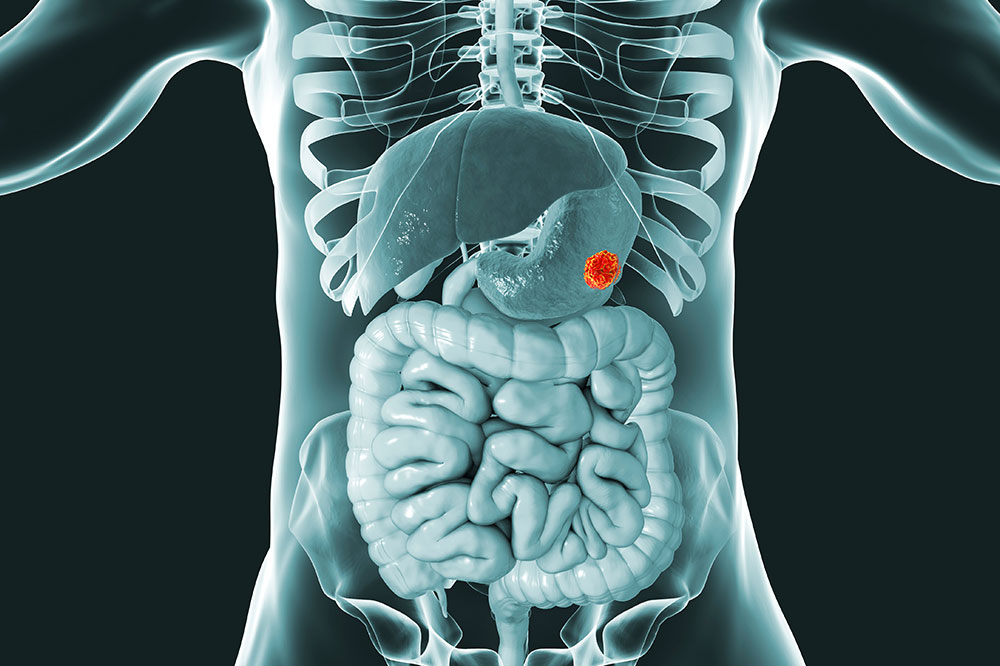Understanding Tenosynovial Giant Cell Tumor: Types, Causes, and Symptoms
This article explores tenosynovial giant cell tumors, detailing their types, underlying causes, and symptoms. It emphasizes the importance of recognizing early signs for prompt treatment. The tumor develops in joints, affecting various tissues and often occurs in individuals aged 30 to 40. Understanding these benign yet potentially damaging growths helps in timely diagnosis and management, ensuring better outcomes for affected patients.

Understanding Tenosynovial Giant Cell Tumor: Types, Causes, and Symptoms
The tenosynovial giant cell tumor is a benign growth that often appears near joints. Despite its non-cancerous nature, it can enlarge over time and cause damage to adjacent tissues. These tumors typically develop in three key areas:
Synovium
The delicate tissue lining the interior of joints.
Bursae
The fluid-filled sacs that protect tendons and muscles from friction.
Tendon sheath
The tissue layer surrounding tendons.
Types of tenosynovial giant cell tumors
Classification depends on where the tumors are located and their growth rate. Localized tumors, such as giant cell tumors of the tendon sheath (D-GCTS), tend to grow slowly and often originate in smaller joints like the hand. Conversely, diffuse tumors propagate rapidly, affecting larger joints such as the knees, hips, ankles, elbows, or shoulders, and are referred to as pigmented villonodular synovitis (PVNS). Both types can occur inside (intra-articular) or outside (extra-articular) the joints, with rare cases spreading to the lungs or lymph nodes.
Causes of tenosynovial giant cell tumor
The development of these tumors is linked to genetic changes at the chromosomal level. Specifically, a chromosome translocation occurs when segments break off and exchange places, leading to abnormal cell behavior. This genetic alteration results in overproduction of colony-stimulating factor 1 (CSF1), which attracts immune cells like macrophages, promoting tumor formation.
This tumor usually affects individuals in their 30s and 40s.
Symptoms of tenosynovial giant cell tumor
Early recognition of symptoms is vital for timely treatment. Common signs include:
Joint stiffness
Swelling or a lump around the joint
Pain or tenderness
Warmth over the joint
Sounds of locking, popping, or catching during movement









